© ROOT-NATION.com - Use of content is permitted with a backlink.
The mysteries of how the human brain functions have kept scientists busy at all times. There have always been attempts to mimic the human brain. The Human Brain Project is one such attempt. At what stage are scientists? Are there any successes?
The human brain is the most mysterious biological computer we know. In fact, we don’t know enough about it, despite scientists’ attempts to learn about it in ever more sophisticated ways over the centuries. Only the latest technology can give us real knowledge that we could only guess at before. This does not change the fact that we are still far from fully understanding it. Where exactly are modern scientists at?
Read alsо: The war for satellite internet: Europe challenges Starlink
The term “artificial intelligence”
In the 1950s, when the term “artificial intelligence” first appeared in science, and artificial intelligence researchers successfully proved that you could teach a machine to do things you couldn’t do yourself, they were excited about it. The mere possibility that a machine could learn, prove mathematical theorems on its own (this was done, for example, with the Logic Theorist program developed in 1955 by Allen Newell and Herbert Simon), or play checkers and beat a human (a program from Arthur Samuel, an IBM engineer, later a professor at Stanford University), led the science world to believe that a full simulation of the human brain was only a few years away.
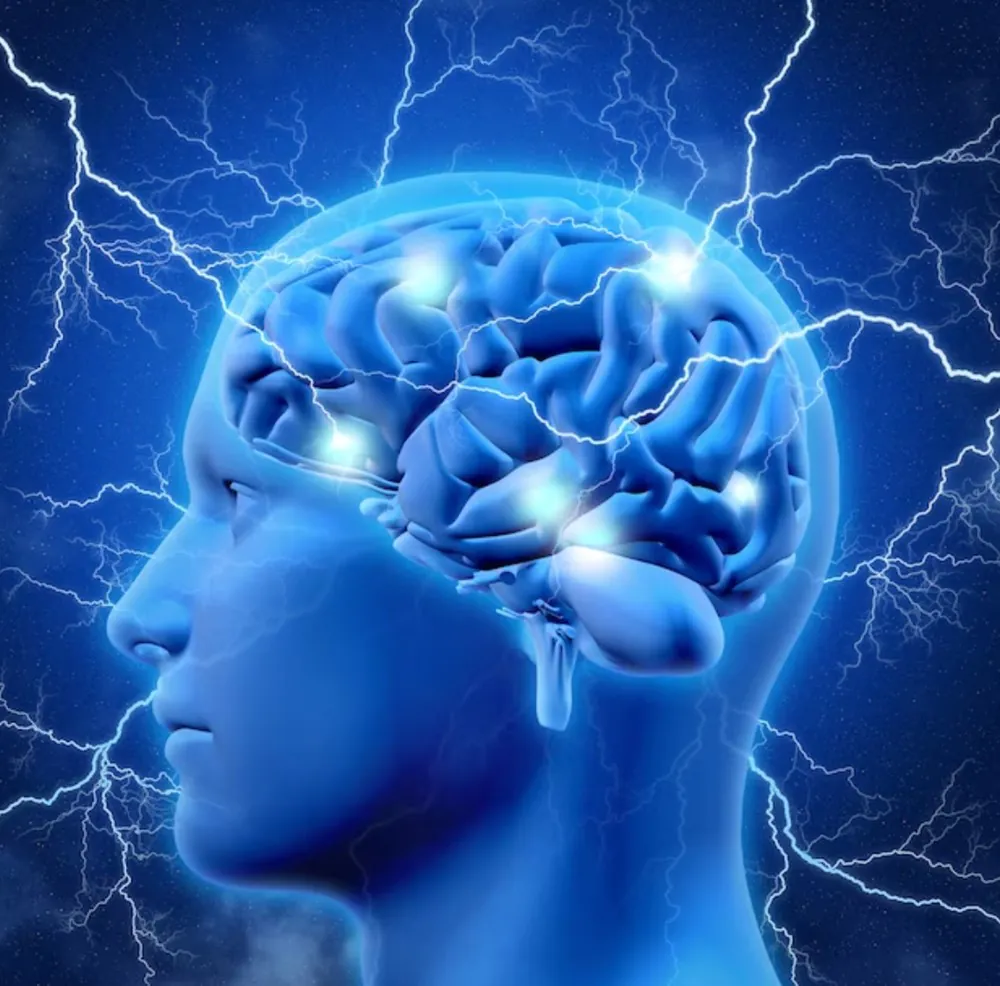
Decades have passed since then, and despite huge increases in computing power, the development of artificial neural networks and AI algorithms with deep machine learning, we are still far from simulating even brain fragments. Simply put, the artificial intelligence pioneers of the second half of the 20th century grossly underestimated the capabilities of that “jelly-like mass” in our turtles, which is 90% water.
Read also: All about the new MuWNS navigation system: Works underground and underwater
The brain is complex
At birth, the human brain weighs approximately 300 g. A fully developed adult brain weighs approximately 1.5 kg. This 1.5 kg contains our entire universe and all the mental faculties we have. Not only the conscious ones, such as abstract thinking, creativity, but also the ones we are not conscious of: motor movements, control of the circulatory system, breathing and much, much more.
A popular claim among scientists is that the human brain consists of about 100 billion neurons. We don’t know their exact number, and it may differ in each individual of the human species. But let’s assume that this is true, and that this number is not so small. 100 billion is a lot, but modern supercomputers can simulate even large objects. The problem, however, is that a neuron is something much more complex than, for example, a texel in 3D graphics, an image pixel, or any other object that can be described with only a small piece of code.
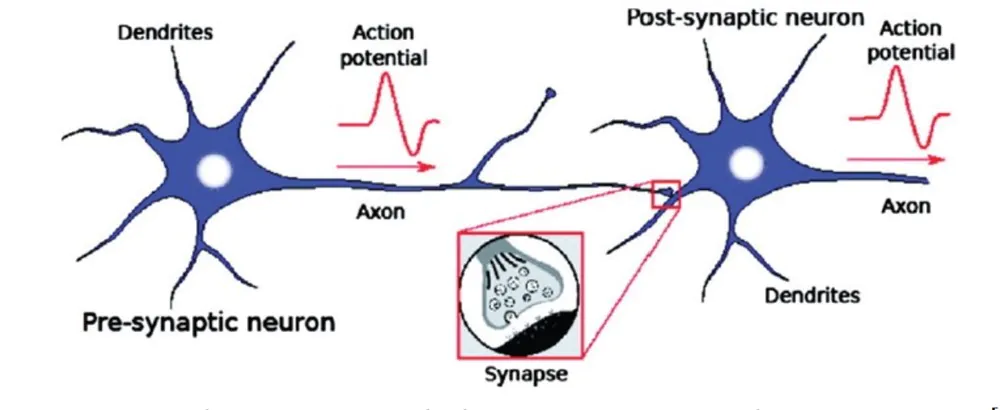
The neurons of our brain are connected to each other. These are not physical connections, because then the electrical impulses generated in individual neurons would spread rapidly throughout the body, making it virtually impossible to function. The transmission of information in our brains is based on both electricity (impulses) and chemistry (neurotransmitters). Each neuron (remember now the popular image of a neuron as a “tree” with characteristic dendrites) can be connected to others by up to ten thousand synaptic connections.
Agreed, 10000 connections from a single nerve cell is a much higher level of complexity than logic gates in transistors. If we try to count the number of all possible connections between neurons and the states they can get at any given moment (just one), we get a huge number, much higher than the estimated number of atoms in the entire observable universe. Using this approach, many scientists specializing in neurobiology, as well as those with a background in computer science, believe that, even with the current level of knowledge and its expected development, fully simulating such a complex organ is a task that will long exceed our capabilities. But that doesn’t mean that scientists are doing nothing and have achieved nothing. Let’s take a look at some projects that aim to simulate, if not the entire human mind, then at least a part of it.
Read also: 7 coolest ways to use ChatGPT
40 minutes and one second
In 2013, Japanese scientists from the Okinawa Institute of Technology and German researchers from the Forschungszentrum Jülich research center joined forces and used one of the most powerful supercomputers on our planet at the time (the so-called K Computer, a Top500 list leader in 2011) with a processing power of 8.16 PFLOPS (or 8.16 quadrillion floating point operations per second) to try to simulate just a fragment of the brain. In all, the simulation consisted of mapping the workings of 1.73 billion neurons, which together created a network of 10.4 trillion synaptic connections. That’s a little more than 1 percent of the potential of that biological “jelly” stuck in your skull. The simulation used the full power of 82944 Sparc64 VIIIfx processors (one system has a clock speed of 2 GHz and 8 cores). Did this approach work?

According to scientists, yes, but on the other hand. depends on how you look at it. About 40 minutes of work of this supercomputer lasted simulation of only 1 second of work of the mentioned fragment of the neural network of the brain. So while the fact that the simulation was done at all can be called a success, because the effects, the computation time and the amount of modeling show what a huge problem we are facing here. And we must remember that as the number of neurons increases, the complexity of the synaptic network does not grow linearly, but exponentially! If even the fastest American supercomputer Frontier, working at the Oak Ridge National Laboratory, with a processing power of 1102 PFLOPS, i.e. 135 times more than the Japanese K Computer, was used for the same task, it would not mean that Frontier would be able to simulate (with the same model parameters) a network of neurons 135 times larger. The same simulation of one second of real-world operation of a network of 1.73 billion neurons would take less than 18 seconds on a U.S. supercomputer, not 40 minutes. But this is still much more than a real real-time simulation of the network, and is only a small part of what we have in our heads. Simulating the workings of the entire mind is still in the realm of science fiction. But scientists are still trying.
Read akso: What are neural networks and how do they work?
European human brain research project
The Human Brain Project (HBP – Human Brain Project) can be compared in its scope and the funds allocated to this scientific project to another human-related project, the famous Human Genome Project, which lasted from 1990 to 2003. To fully understand the human genome, the Human Brain Project aims to help scientists better understand our brains. However, the Human Brain Project, which has been running since 2013 and was originally supposed to end after a decade of research (i.e. in 2023), doesn’t even come close to modeling the entire brain. So, what are the goals scientists plan to achieve with this study?
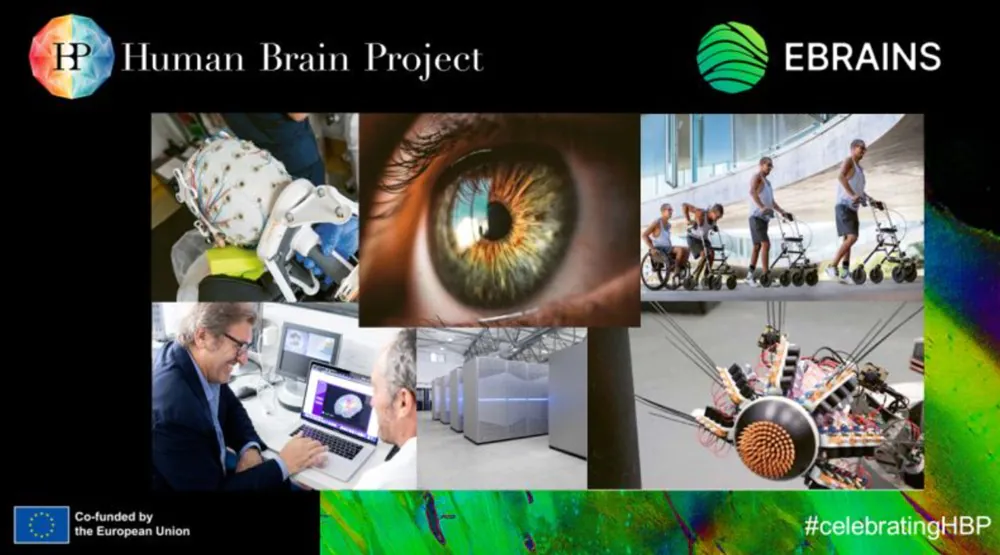
The main goal of HBP is not to simulate the entire brain, since I hope we have already shown that this task is beyond the capabilities of our civilization today. The goal is to learn at least partially about the complexity of the brain. This will help in the development of sciences such as medicine, computer science, neuroscience, and the development of technologies whose work is inspired by the way our minds function.
One of the outcomes of the HBP project is the creation of the EBRAINS digital brain research platform. EBRAINS is an open source platform that allows researchers from around the world to use digital tools that are available in a secure cloud environment. In other words, EBRAINS provides scientists with tools to model and analyze the functioning of individual brain regions.
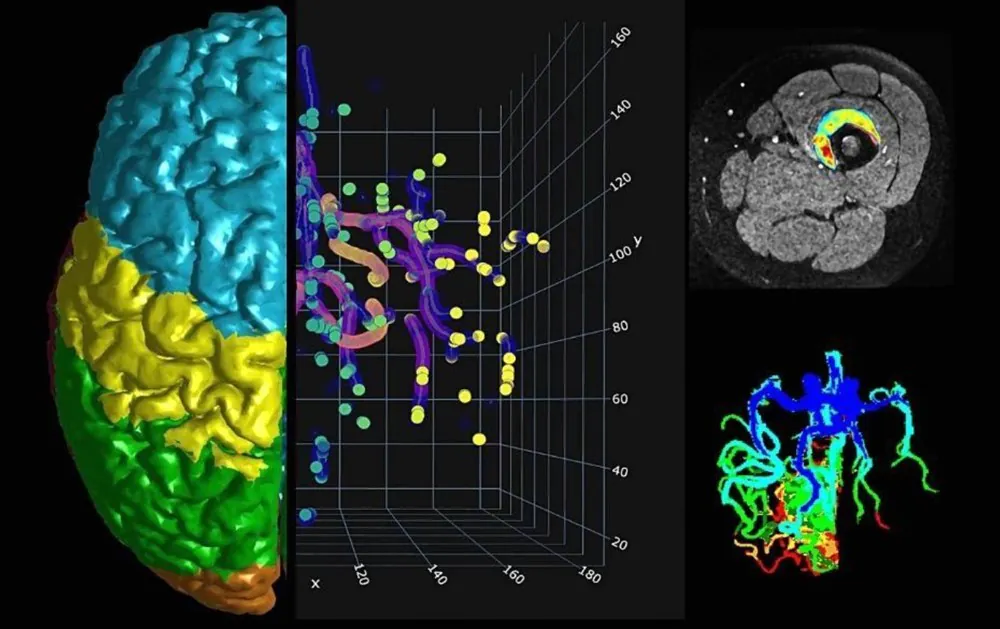
One such tool is the virtual brain simulation program created under HBP and EBRAINS. This tool cannot simulate the entire brain at all, but it allows, for example, researchers of new drugs to model their effects on groups of neurons. This, in turn, will allow scientists to develop new treatments useful for complex diseases such as Alzheimer’s, depression, Parkinson’s, etc.
Read also: Geoengineering challenges: EU to ban scientists from ‘playing God’
US BRAIN Initiative
An even larger and newer project initiated by American research institutions is the US BRAIN Initiative. This is another multi-year, multi-billion dollar research project that aims to map the human connectome. What is a connectome? It is the set of neural connections of a given organism. Just as the genome is a complete map of the genetic circuit, and the proteome is a complete map of the proteins of a given organism. We already know the human genome; its discovery cost billions of dollars. Today, genome testing is widely available and, for example, genetic tests for a defect cost a few hundred dollars. A complete genome costs a little more, but still orders of magnitude less than the first reading of human DNA cost.
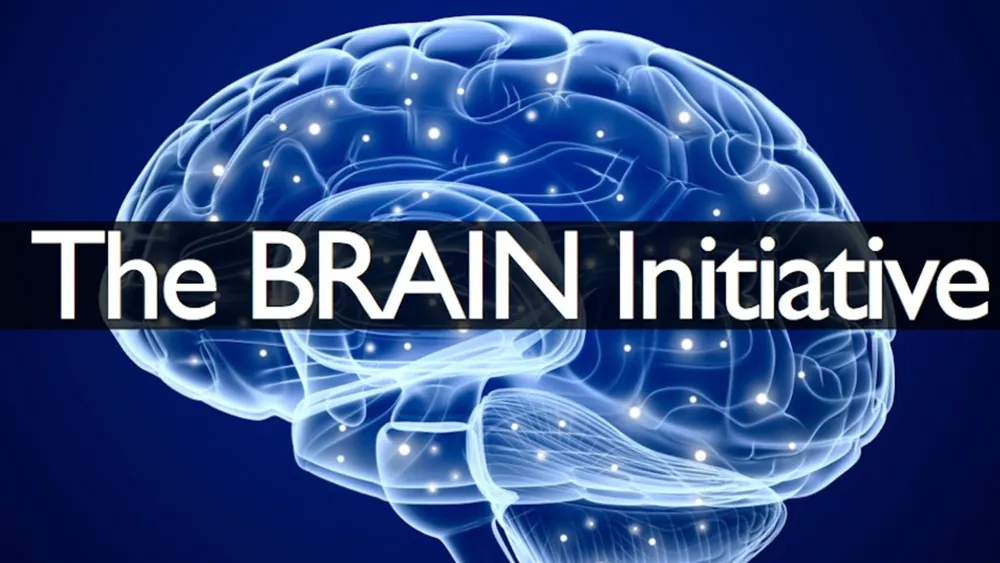
Let’s go back to the connectome and the American BRAIN project. What is the goal of this project? Josh Gordon, director of the US National Institute of Mental Health in Bethesda, Maryland, said: “Knowing all the types of brain cells, how they connect to each other and how they interact will open up a whole new set of therapies that we can’t even imagine today.” The world’s largest catalog of nerve cell types is being created and systematically developed. This catalog, called the BRAIN Initiative Cell Census Network (BICCN), describes how many different cell types there are in the brain, in what proportions they occur, how they are spatially distributed, and what interactions occur between them.
Where exactly does this approach come from? From the need to understand how the brain works. The advantages of this approach are explained in a statement to Nature by neuroscientist Christoph Koch, chief scientist of the MindScope program run by the Allen Institute for Brain Science in Seattle: “Just as nothing in chemistry makes sense without the periodic table of elements, nothing will make sense in understanding the brain without understanding the existence and function of individual cell types.”
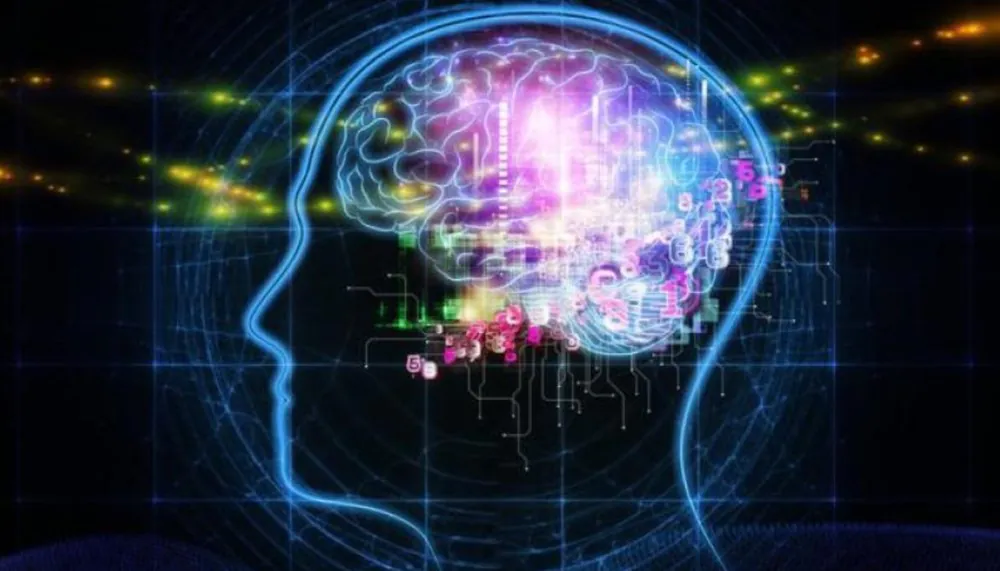
If we were to hypothetically reach such technological potential that we could scan cell by cell and, for example, recreate the human brain, such an approach would mean that even if we succeeded (which is unrealistic today), we still wouldn’t understand why the brain works the way it really does. And it doesn’t matter whether we’re talking about the brain as a living biological organ or its digital, hypothetically cloned twin. BRAIN and the BICCN catalog are the starting points for understanding the structure and operation of every neural circuit, and therefore for understanding the complex behavior of all species that have a complex organ like the brain.
Research is ongoing, and scientists are constantly posting their new achievements on a specially created website. So I am sure that even more interesting discoveries are waiting for us soon.
Read also:

